Making citrus wine and citrus Brandy
cabrita
15 years ago
Related Stories

GARDENING GUIDESHow to Keep Your Citrus Trees Well Fed and Healthy
Ripe for some citrus fertilizer know-how? This mini guide will help your lemon, orange and grapefruit trees flourish
Full Story
GARDENING AND LANDSCAPINGCrazy for Fruit Trees
Whether a single citrus or a mini apple orchard, even the smallest landscape space can bear deliriously delicious fruit
Full Story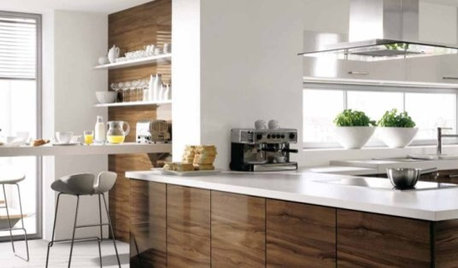
5 Ways to Make the Most of Your Morning
See How Your Home Can Help You Gear Up for the Day Ahead
Full Story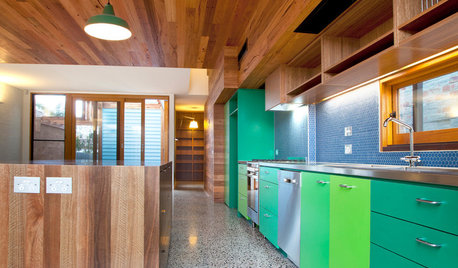
FLOORSMake Your Floors Terrific With Terrazzo
Durable, sanitary and unique, this bespeckled surface is a winner for floors, walls, countertops and sinks
Full Story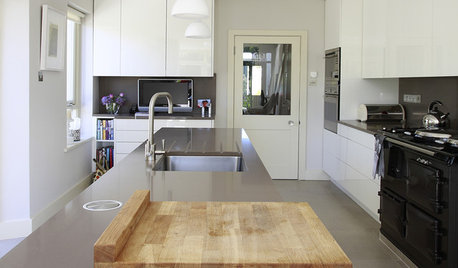
KITCHEN DESIGNButcher Block Makes the Cut for Holiday Kitchen Prep
Countertops and cutting boards will likely take a beating over the holidays. These butcher blocks have the chops to perform under pressure
Full Story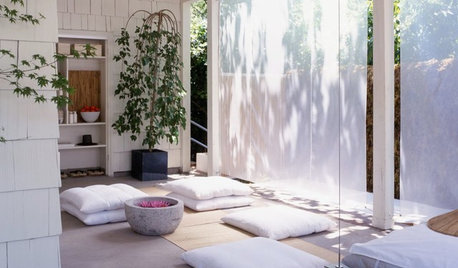
DREAM SPACESIf You Could Choose One Dream Space ...
Yoga room, wine cellar, infinity pool or tricked-out garage — which of these luxurious rooms would be at the top of your list?
Full Story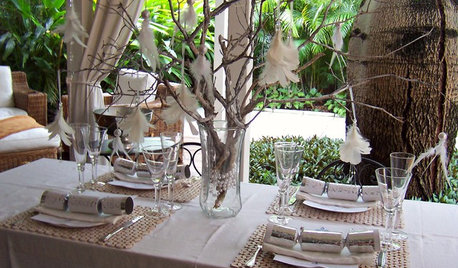
HOLIDAYSHave a Festive, Sun-Drenched White Christmas
If you live in a warm climate, you can still celebrate the holiday with dazzling decor. Here are 6 ways to make things merry and bright
Full Story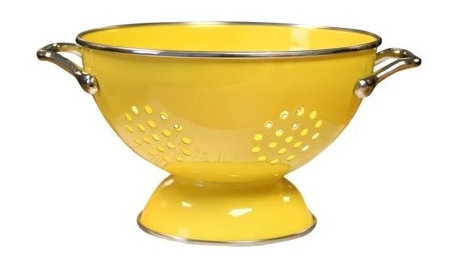
PRODUCT PICKSGuest Picks: The Well-Stocked Starter Kitchen
We’ve got all the kitchen basics and tableware you need (or that recent grad needs) to make cooking a joy
Full Story
DECORATING GUIDESHouzz Tour: A Wealth of Style in 800 Square Feet
After a fire, a designer starts from scratch in another apartment. Check out her tricks for making a compact live-work space feel just right
Full Story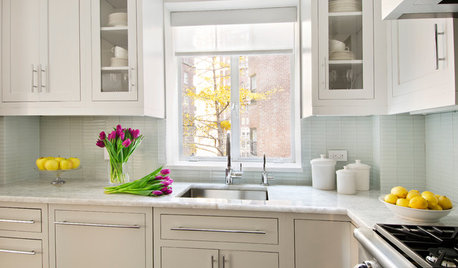
KITCHEN COUNTERTOPSKitchen Counters: Quartzite Offers Strength and Beauty
Eye-catching patterns and a natural pedigree make durable quartzite a popular alternative to granite and marble
Full Story


ksrogers
desertbreeze
Related Discussions
Is this a good area to plant Citrus trees?
Q
uses for green (immature) citrus fruit
Q
Cookalong - #39 - Citrus
Q
Planting Citrus Trees in Fabric Smart Pots
Q
ksrogers
gardengrl
desertbreeze
cabritaOriginal Author
ksrogers
desertbreeze
cabritaOriginal Author
ksrogers
fedup321
JXBrown (Sunset 24, N San Diego County)
cabritaOriginal Author
ksrogers